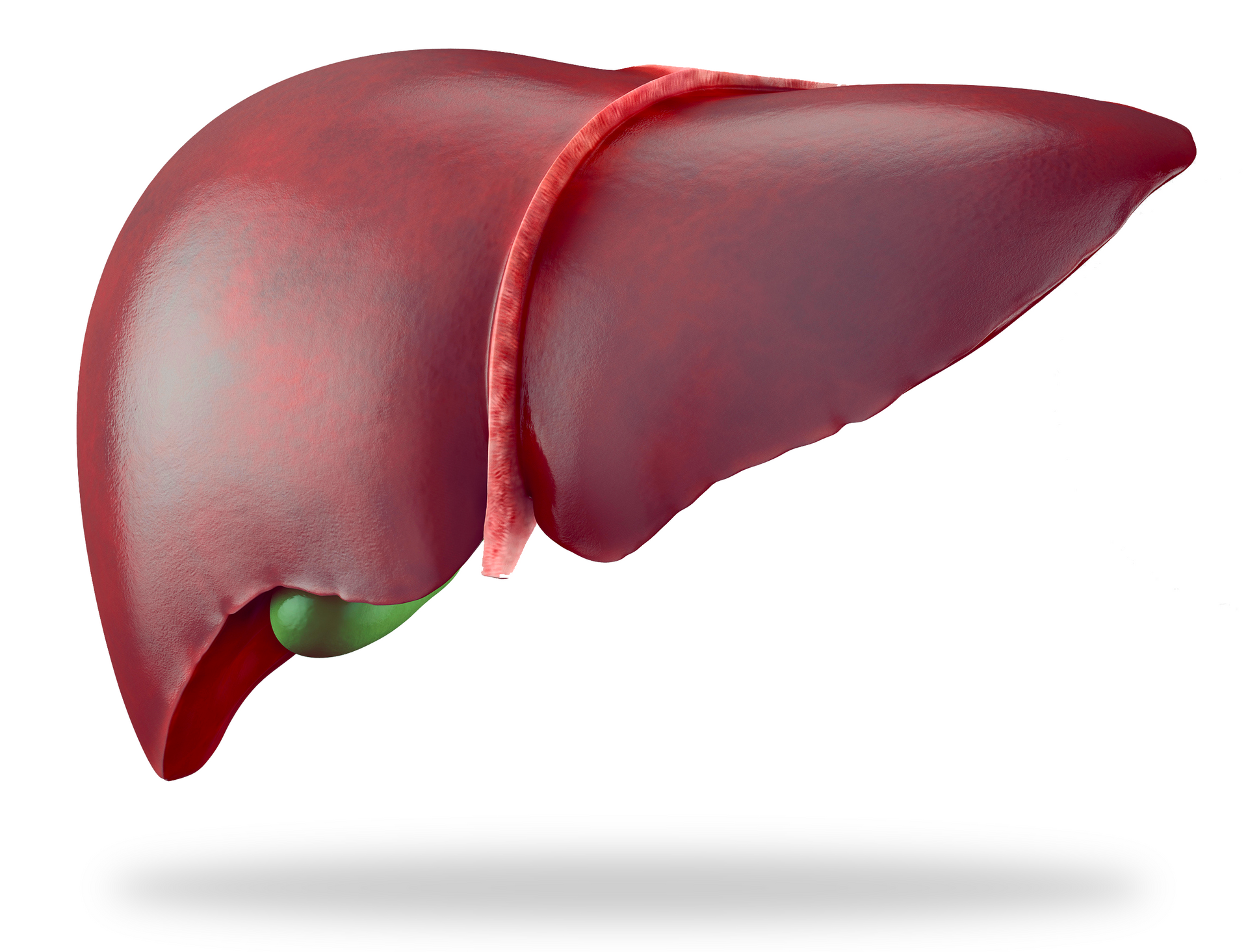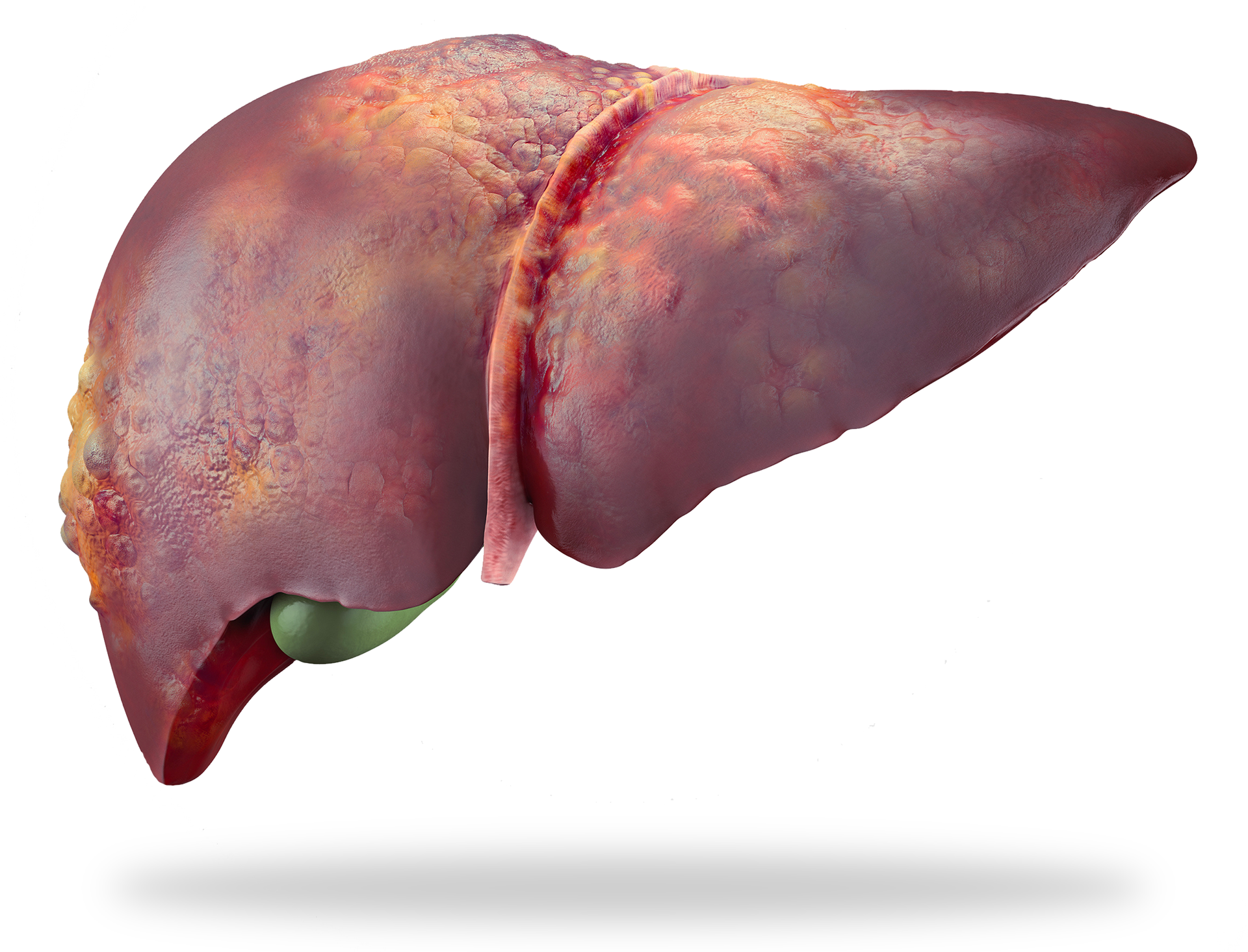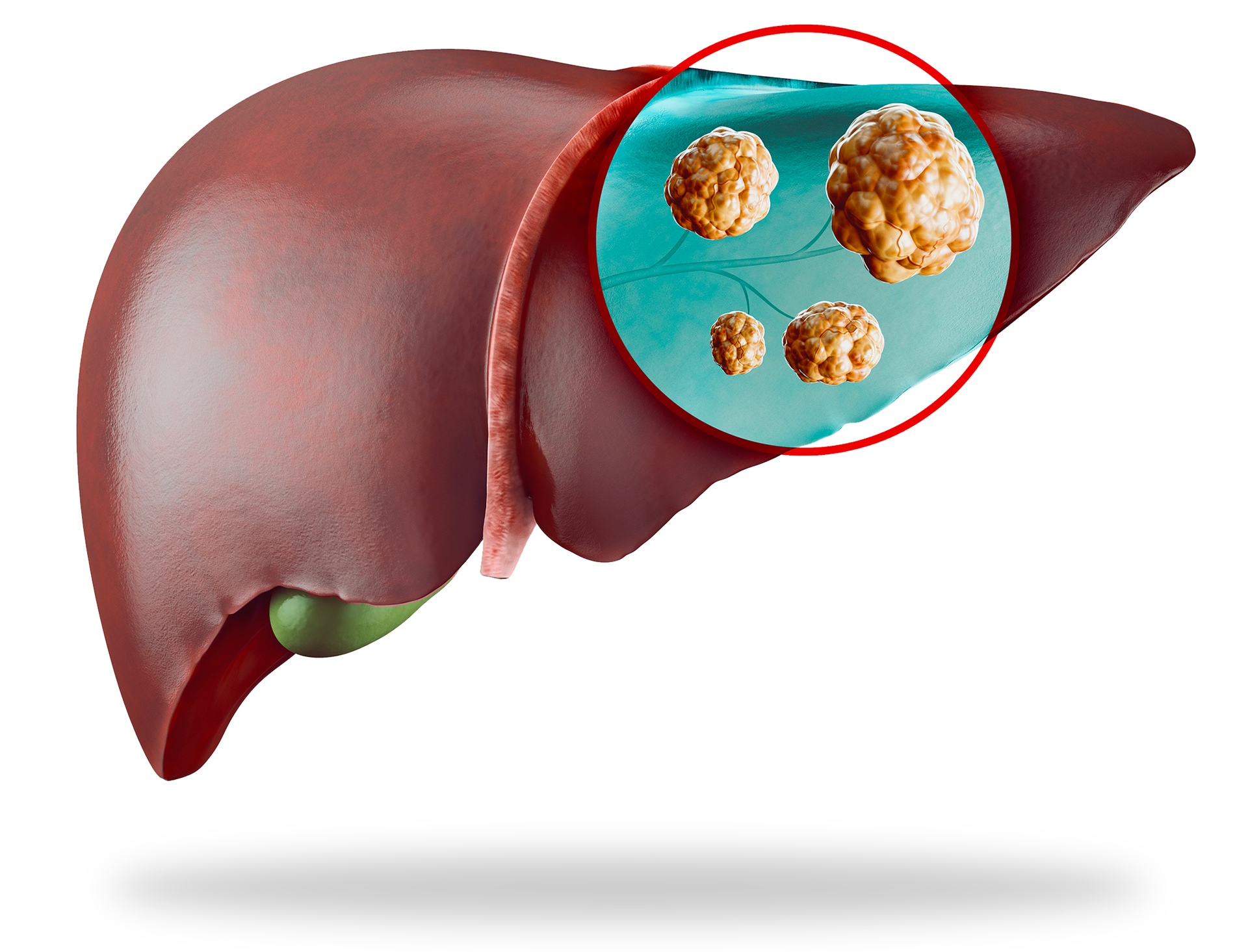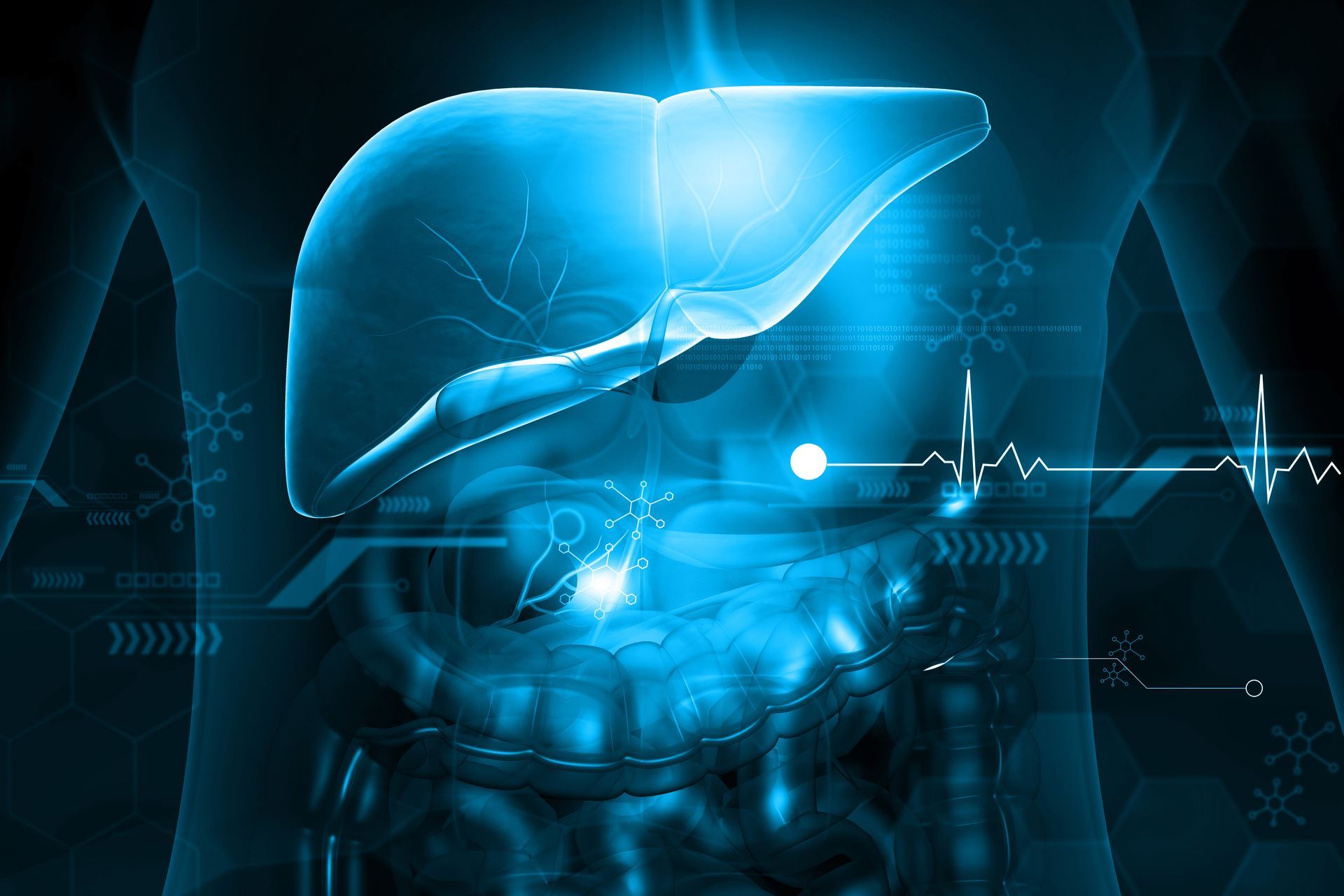liver cancer
understand liver cancers, their consequences and possible treatments
Liver cancer
Various causes
There are two types of liver cancer. The most common is HCC (hepatocellular carcinoma) and the rarer form is cholangiocarcinoma, which spreads through the bile ducts of the liver.
Liver cancer is the 5th leading cause of cancer in the world and diagnosis is (unfortunately) often made late.
Early diagnosis is essential and the Liver Institute helps address these imperatives thanks to the Rapid Screening Center.


Move the cursor left or right
Liver cancer hepatocellular carcinoma (HCC)
-
Causes
Primary liver cancer (HCC) is a type of cancer that develops from liver cells. There are many causes of this cancer. Some of the most important risk factors include: Chronic infection with hepatitis B or C viruses, which can cause inflammation and cirrhosis of the liver. Exposure to certain toxic substances, such as aflatoxin (a toxin produced by fungi that contaminate food) or arsenic (a chemical found in water or soil). Obesity, diabetes, and metabolic syndrome, which can lead to non-alcoholic fatty liver disease (a buildup of fat in the liver) and fibrosis (scarring of liver tissue). Alcoholism, which can also cause liver cirrhosis. Inherited liver diseases, such as hemochromatosis (an excess of iron in the body) or Wilson's disease (a buildup of copper in the liver). Hormonal disorders, such as hyperestrogenism (an excess of estrogen) or hypothyroidism (a deficiency in thyroid hormones)
-
Symptoms
Primary liver cancer often presents with nonspecific symptoms, such as weight loss, fatigue, abdominal pain, jaundice, or ascites (a buildup of fluid in the abdomen). Diagnosis is based on imaging tests (ultrasound, CT scan, MRI), blood tests (tumor marker tests), and sometimes a liver biopsy.
-
Diagnostic
For patients with risk factors for HCC, increased monitoring of biological and morphological parameters is now being implemented to detect the disease at an earlier stage, namely abdominal ultrasound and alpha-fetoprotein (AFP) testing every 6 months. Diagnosis of HCC is based on biopsy or imaging techniques meeting certain well-defined criteria. Some clinical signs may occur at an advanced stage of the disease and may include abdominal pain, jaundice, weight loss, and fatigue.
-
Treatments
- The choice of treatment will depend on the size and location of the tumor, but also on the function of the healthy liver and the presence or absence of metastases. As with other types of cancer, the choice of treatment will be made during a multidisciplinary consultation meeting (RCP) bringing together all the specialists involved in the management of liver tumors (surgeons, hepatologists, oncologists, radiologists, radiotherapists, etc.). The personalized care plan (PPS) will then be presented to the patient during a dedicated announcement consultation. Curative treatments for HCC are:
- liver transplantation,
- surgical resection and ablation techniques, and the goal of treatment will always be to achieve this curative objective whenever possible. If it is not possible to resort to so-called curative treatments,
- chemoembolization,
- external radiotherapy,
- selective internal radiotherapy or radioembolization,
- the combination of immunotherapy anti-angiogenics or tyrosine kinase inhibitors
! New advances in the field have brought about positive changes and give hope for the years to come, with advanced HCCs being able to be made operable thanks to the treatments put in place.
Liver cholangiocarcinoma
-
Causes
- Cholangiocarcinoma can affect the intrahepatic bile ducts (within the liver) but also the common bile duct. It mainly affects people over 50 years of age and is more common in men than in women. Some risk factors for cholangiocarcinoma have been identified as:
- liver cirrhosis,
- primary sclerosing cholangitis,
- hepatitis B and C virus infections,
- the presence of metabolic syndrome and diabetes,
- parasitic fluke infection,
- intrahepatic gallstones and choledochal cysts,
- exposure to certain toxic chemicals
- excessive alcohol consumption.

The center
rapid screening
There are two types of liver cancer. The most common is HCC (hepatocellular carcinoma) and the rarer form is cholangiocarcinoma, which spreads through the bile ducts of the liver.
Liver cancer is the 5th leading cause of cancer in the world and diagnosis is (unfortunately) often made late.
Early diagnosis is essential and the Liver Institute helps address these imperatives thanks to the Rapid Screening Center.
Treatments
There are several treatments depending on the type of cancer and the progress of the disease, the size of the tumor and its location. From surgery to chemoembolization, external radiotherapy or radioembolization, the Liver Institute and its teams will implement the solution(s) for your pathology.





